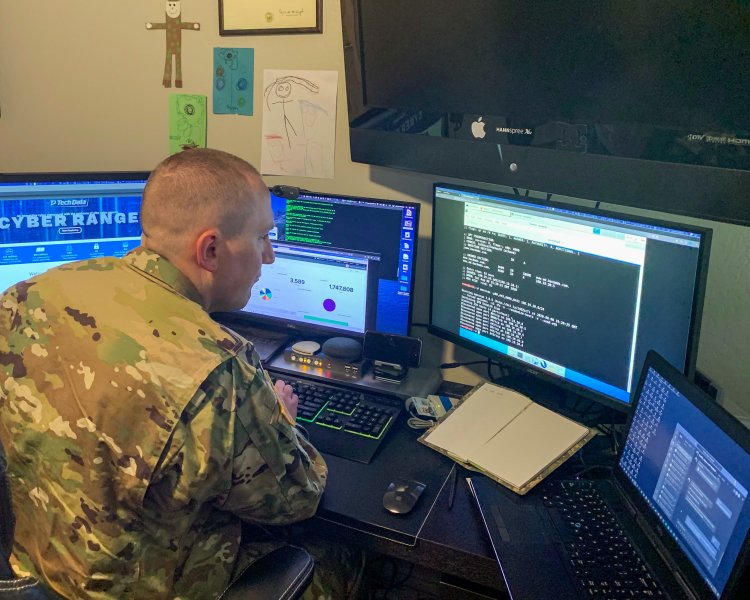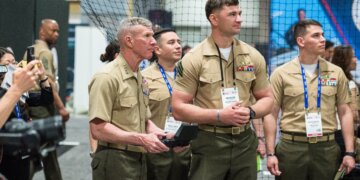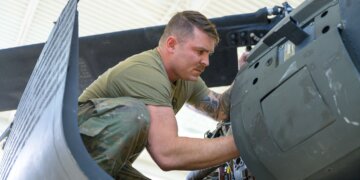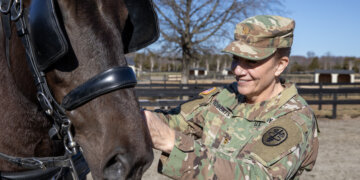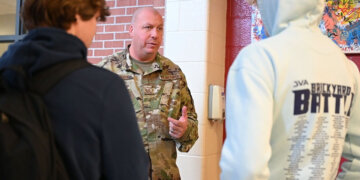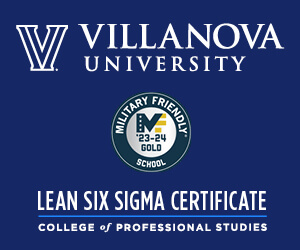The landscape on which America fights its battles increasingly resembles something closer to “The Matrix” than “Hamburger Hill.”
“Up until recently, if you didn’t own the land, you didn’t own anything,” said Lt. Blake Bryant, of the U.S. Army Reserve. “(But) the reasons you go to war are being replaced by cyberspace. … (It’s) not only effective as putting troops on the ground, in some ways it’s more effective.”
Bryant leads the soldiers of the Army Reserve’s Cyber Protection Team 185. A professor of cybersecurity at the University of Kansas, he embodies the reserve component’s growing number of cyber experts, many of whom have talents from their civilian workplaces that are rare among active-duty counterparts.
“(Reservists) bring unique skills and experience from their civilian jobs that the active-duty component simply does not otherwise have access to,” said Lt. Col. Joya Gamara, of the Air Force Reserve Command Cyberspace and Technology Directorate.
More than a ‘catcher’s mitt’
While Gamara said the reserve component might still serve as a “catcher’s mitt” – a landing place for personnel looking to transition off active duty – the reserve cyber community stands unique in that most specialists bring deep, preexisting civilian expertise to their military roles.

As a result, reserve cyber units and personnel are often pushed to the forefront of Department of Defense (DOD) cyber operations.
“The reserve provides combat support for several Air Force cyber weapons systems located across the country,” said Col. Fred Massey, of the Air Force Reserve Command Cyberspace and Technology Directorate, noting that reservists are “integrated in almost every cyber mission area,” including many that carry critical, real-world urgency.
Reservists in the cyber fight had an “important role” in the defense of federal elections, evacuating American citizens from Afghanistan and responding to Russia’s invasion of Ukraine, according to Col. Richard Erredge, who leads about 1,300 personnel as commander of the 960th Cyberspace Wing, the only cyber wing in the Air Force Reserve.
Direct commissions
Some reservists, said Cmdr. Heath Brightman, a Navy Reserve cryptologic warfare officer, might be leading private sector firms or hold advance degrees in data analytics when they enter service. To honor that civilian skill set, reserve components across the DOD have made liberal use of direct commissions.
“I know of at least two direct commissions to (Army) captain,” Bryant said. “We have NCOs who are just oozing with this stuff (cyber skills and knowledge),” adding it’s not unheard of for a junior NCO to earn more than $200,000 in the private cyber community. “People have special skills, and they expect to be respected for it.”
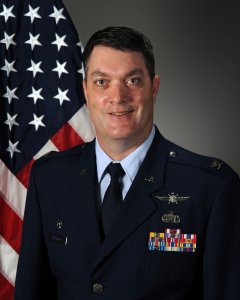
That dynamic – where one’s knowledge often exceeds one’s rank or authority – creates a tight-knit community in which expertise is the most direct path to respect.
“We’re a small, very elite team,” Bryant said of the Army Reserve’s Cyber Protection Team 185. “Every month (training drill) is a mini-conference of top talent.”
Integrating cyber fight training
Military doctrine and training protocols can pose unique challenges for the reserve component’s cyber community. Many exercises are still navigating how to best integrate cyber personnel into larger training scenarios.
Much of the training is conducted virtually. In addition to supporting massive, in-person exercises, reserve personnel might participate in a multi-state exercise while never leaving their hometown – or even their home – a fact made easier by their access to cutting-edge technology.
RELATED: First international cyber-defense competition links Iowa, Kosovo campuses
“I have at least a dozen people who have data centers in their basement,” Bryant said. “If you were infantry, it would be like saying I have a top-tier shooting range in my basement, all the weapons you want, with unlimited bullets.”
Cyber reservists are also coalescing their knowledge to standardize best practices and develop protocols as the defense cyber community evolves.
“The Navy Reserve is currently developing a ‘community of interest’,” said Brightman.
Alongside an annual cyber training summit, this community of interest (COI) will “serve as the catalyst for creative thinking” and help the reserve component align its operations with the wider defense community.
“The weapons the Army needs in cyberspace knowledge, skills, and abilities – you can’t build that in the factory,” Bryant said. “It’s a unique capability and it should be treated as such.”
Read comments


